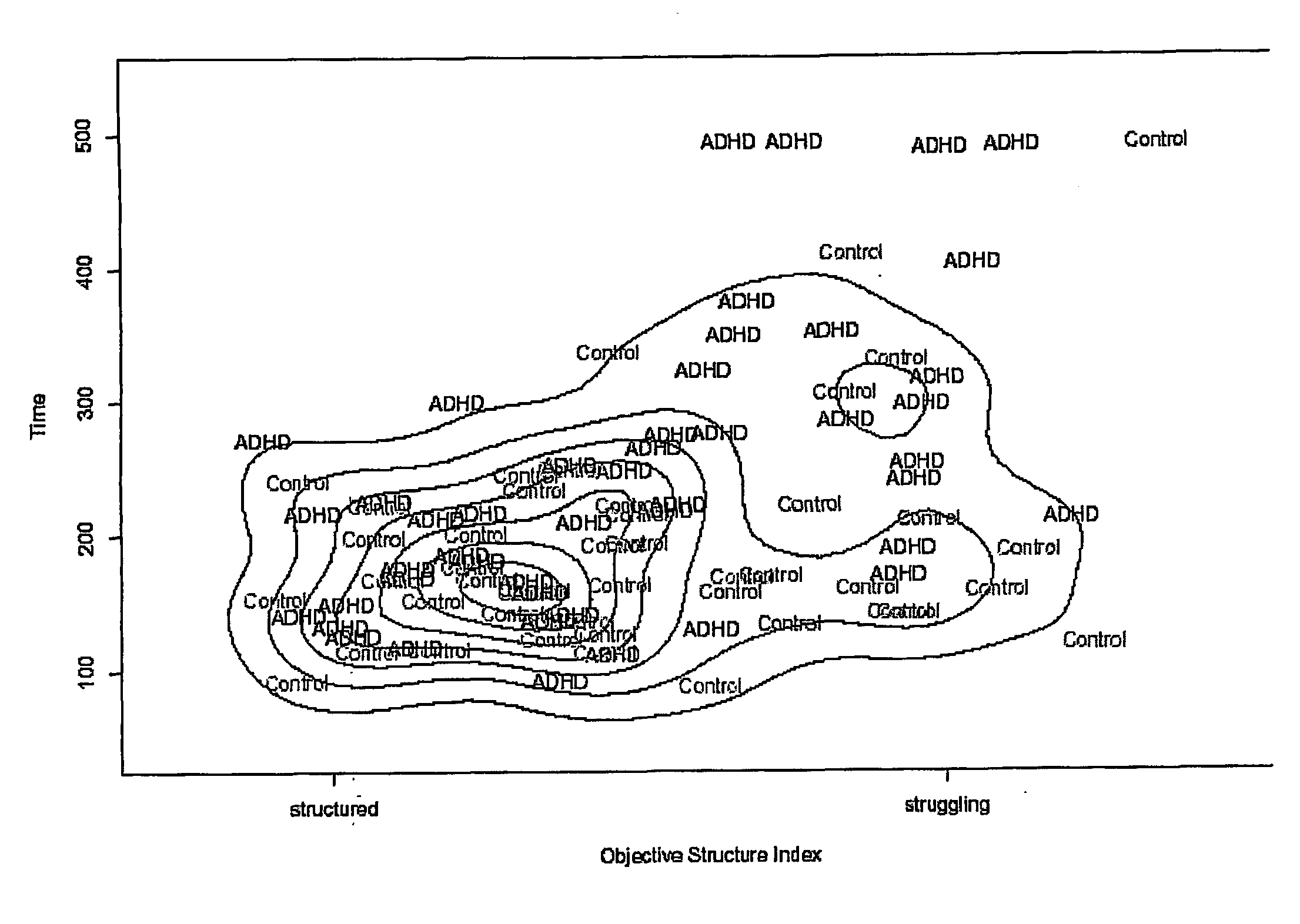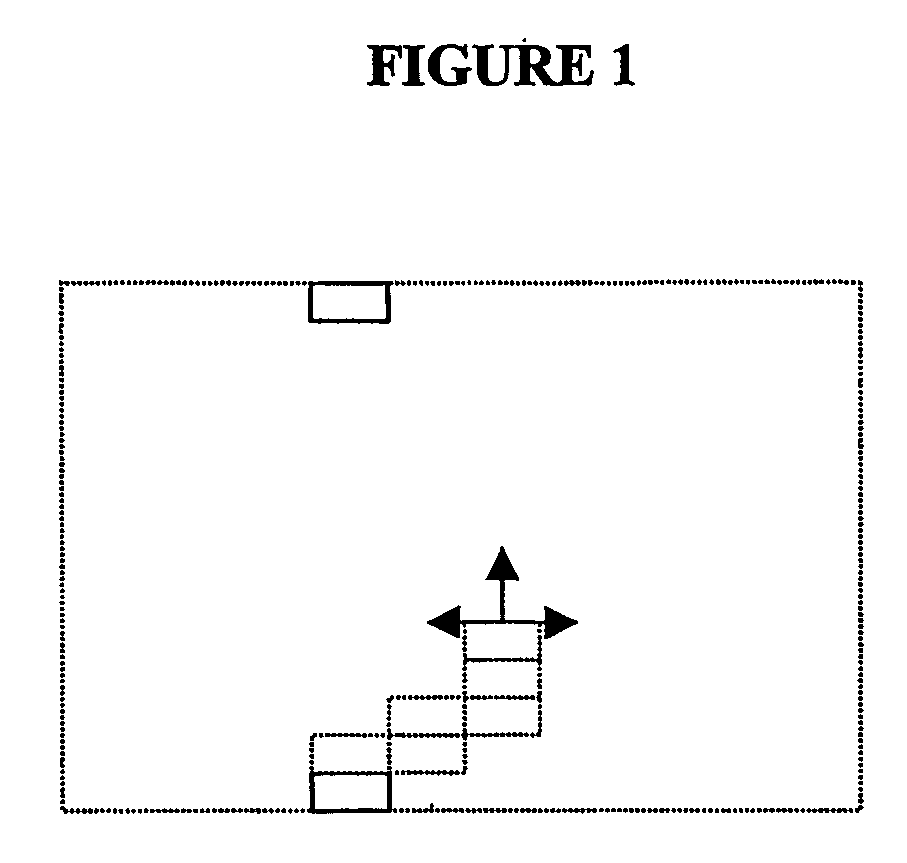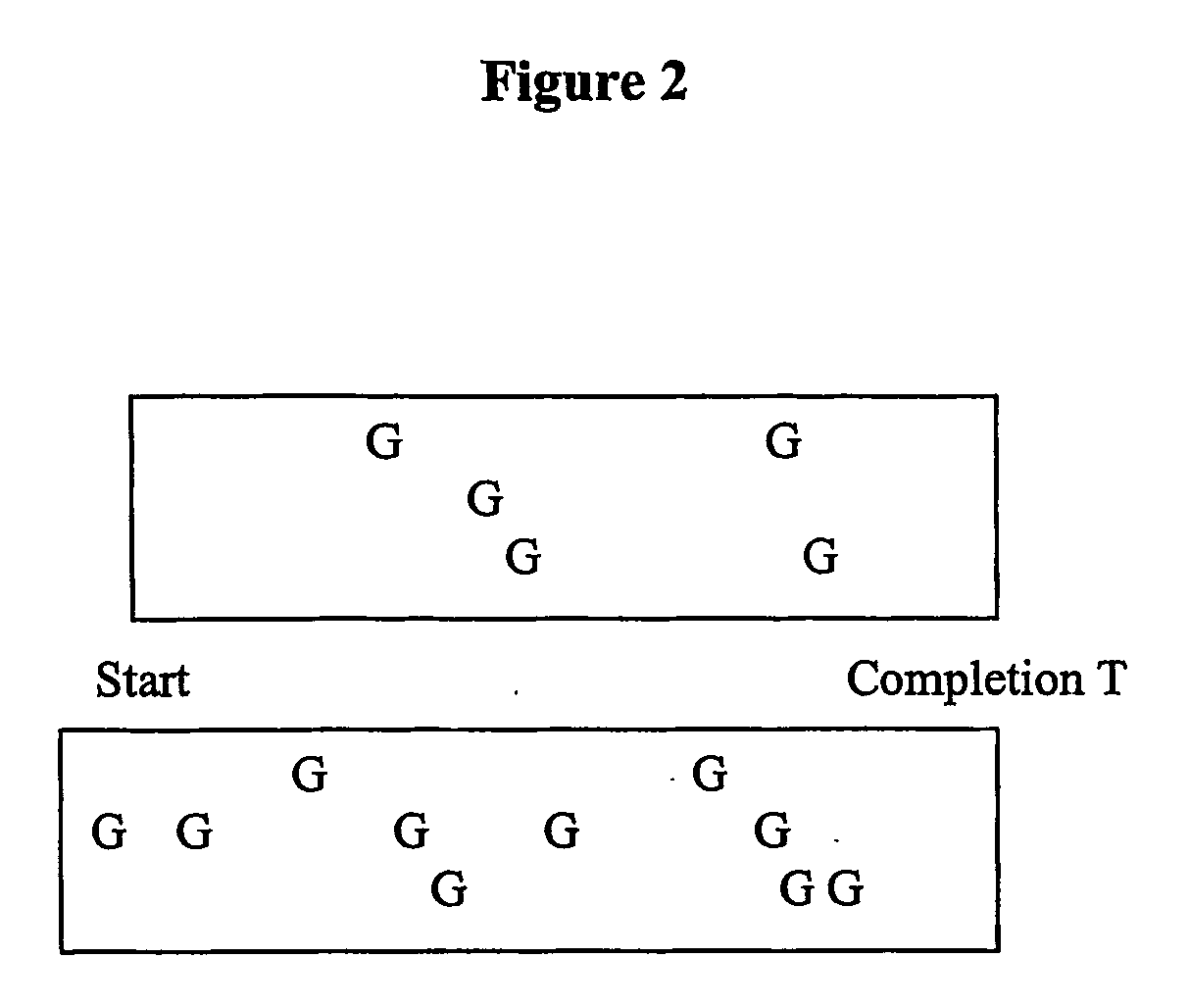Cognitive Processing
a cognitive processing and cognitive technology, applied in the field of cognitive processing, can solve the problems of inability to evaluate the value of eyeblink in cognitive fitness assessment, difficulty in measuring cognitive performance with any degree of objectivity,
- Summary
- Abstract
- Description
- Claims
- Application Information
AI Technical Summary
Benefits of technology
Problems solved by technology
Method used
Image
Examples
example 1
Materials and Methods
[0221]A cohort of control subjects was recruited, consisting of subjects without diagnosed impairments in cognitive processing (eg learning difficulties, ADD etc). A second group, comprising subjects diagnosed with ADHD, consisting of both drug-treated and non-treated subjects, were also recruited for testing.
[0222]All subjects were required to undergo a maze navigation test as a standardised task. This particular task was an iterative task requiring subjects to navigate the maze using directional instructions of a computer (up, left, right), in order to uncover a hidden track through the maze, as schematically illustrated in FIG. 1.
[0223]Completion of the maze without error requires memory and concentration and a coherent sequence of navigation choices without error. Accordingly, the final phase of the maze navigation task was expected to be as common to all subjects as possible, such that the conclusion of the task was expected to be where maximum similarity o...
example 2
Display of Detailed Blink Data
Ordering by CTCP Phase
[0236]For each subject tested according to the protocol outlined in Example 1, the pattern of blinks was displayed as an ordered set of icons for each blink occurring during the task. The interval between blinks varied widely during the task, therefore the gap (G) between blinks was plotted on the vertical axis of a 2D display at the point in time at which the blink occurs (t).
[0237]A control range of G values which is local to a subtask can be obtained from the blink data for different phases of the task if the task is structured, and therefore it is possible to systematically identify periods of relative absence of blinks from periods of relative high incidence of blinks, (denoted herein as clusters). The relative absence of blinks represents the background blink rate, and clusters represent periods of high blink occurrence. The maximum information from the blink intervals comes from comparing the local variation in G values from...
example 3
Ordering by Time to Complete the Task
[0260]Data obtained according to the protocol outlined in Example 1 was analysed by comparing time to complete the maze navigation task. Subject's blink patterns were aligned by adjusting patterns to the common completion phase of the task, then subjects were sorted from lowest to longest completion time (FIG. 7).
[0261]It was observed that blink numbers correlated in general with task completion times, but also wide individual variations were observed in blinks across subjects who shared similar completion times.
[0262]By comparing each subject with nearest neighbours, blinking patterns were identified, including relatively dense blinking (eg N2>N1, N2>N3) and relatively sparse blinking (eg N3
[0263]It was possible to obtain a range of blink numbers N for the control group (non-ADH)) subjects, for a given time to complete the task. When N values from the ADHD subject having similar or identical times to complete the task as mem...
PUM
 Login to View More
Login to View More Abstract
Description
Claims
Application Information
 Login to View More
Login to View More - R&D
- Intellectual Property
- Life Sciences
- Materials
- Tech Scout
- Unparalleled Data Quality
- Higher Quality Content
- 60% Fewer Hallucinations
Browse by: Latest US Patents, China's latest patents, Technical Efficacy Thesaurus, Application Domain, Technology Topic, Popular Technical Reports.
© 2025 PatSnap. All rights reserved.Legal|Privacy policy|Modern Slavery Act Transparency Statement|Sitemap|About US| Contact US: help@patsnap.com



